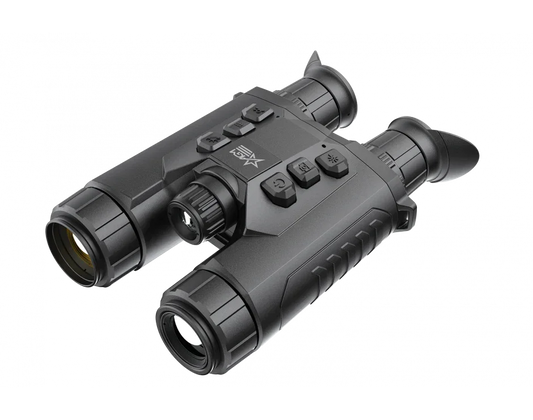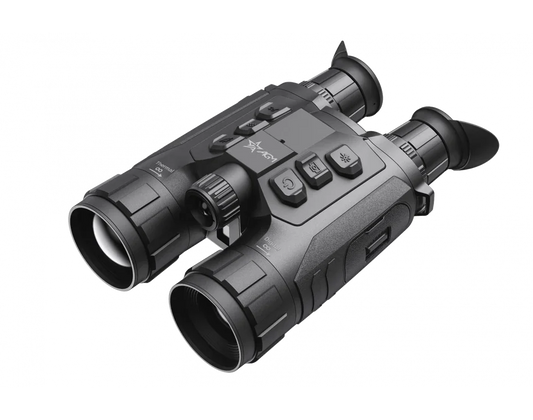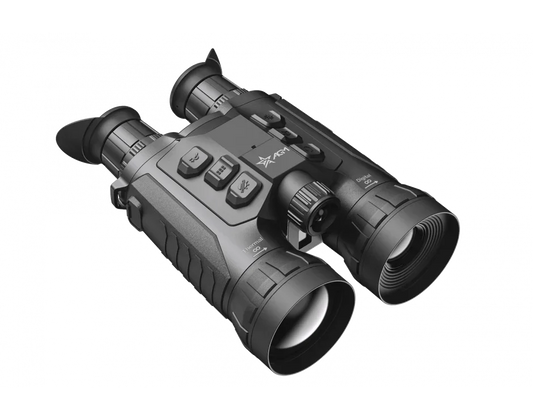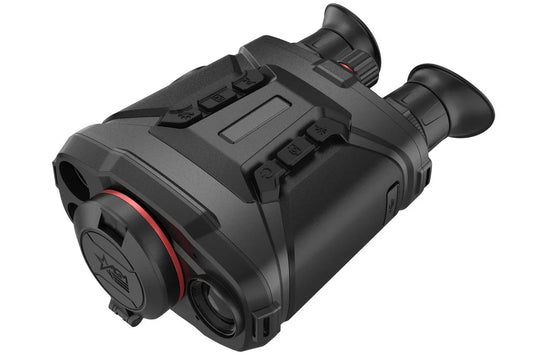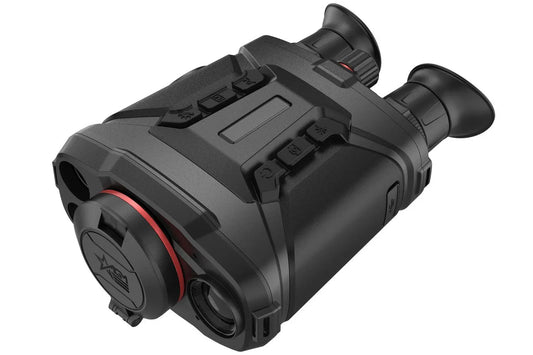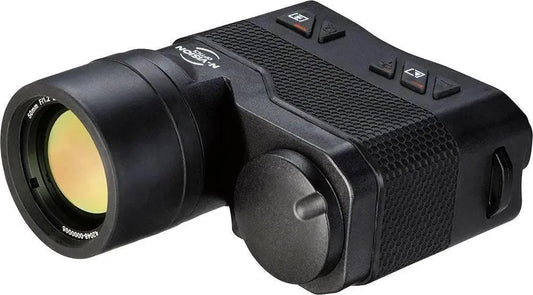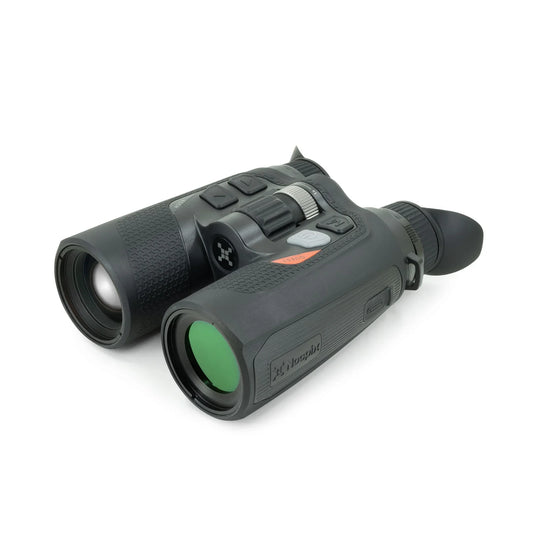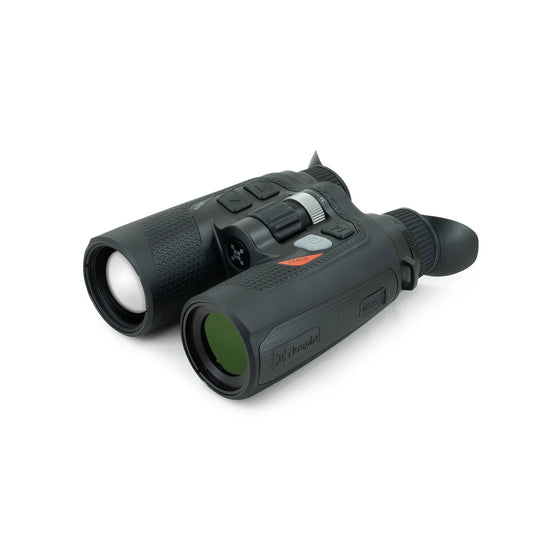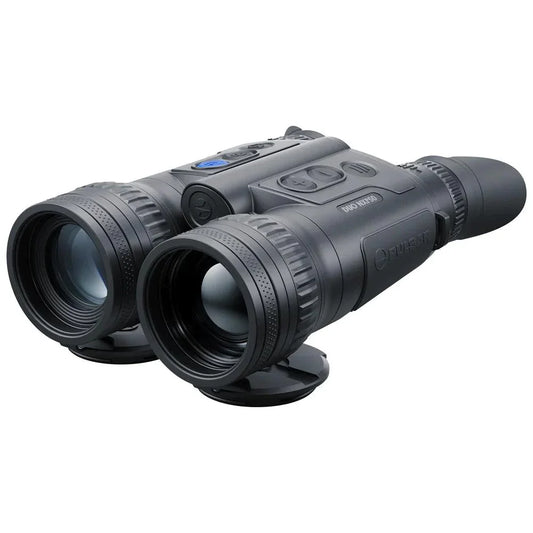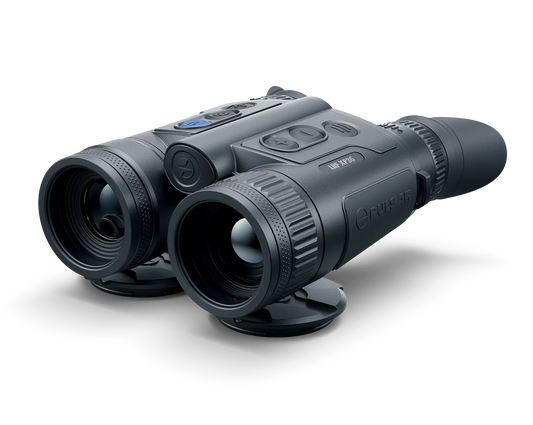Why our Thermal Binoculars collection is built for the long view
You’ve just browsed our range of hand-held thermal binoculars — here’s what truly sets this portfolio apart:
Authorized dealer credibility.
We are a trusted, authorized distributor of the leading brands in thermal binocular technology — so you get genuine gear, full warranty support and real service, not grey-market units.
Premium selection for real users.
Our collection spans from mid-tier models to high-end optics, offering dual-core binoculars and advanced features (400 × 300, 640 × 512 resolution, zoom, WiFi, etc). An expert guide notes these devices often range from around US $1,500 to US $5,000 depending on specifications.
Features made for intense observation.
Thermal binoculars deliver a stereoscopic view and enable better spatial depth perception compared to monoculars — which is especially beneficial for extended observation, surveillance or wildlife viewing.
In-field durability & readiness.
These optics are built for serious use — look for rugged housing, waterproofing, long battery life and advanced sensors. As one guide puts it, thermal binoculars are “power-hungry devices, so a long battery life is essential”.
Insight and support.
Choosing the right thermal binocular requires understanding sensor resolution, lens magnification, field of view, NETD rating (thermal sensitivity), refresh rate and more. We provide guides and expert support to help you navigate these specs.
Key factors to evaluate before you buy
Here are the major spec groups and considerations to help you pick the right thermal binocular for your needs:
-
Sensor resolution & pixel size. Higher resolution sensors (e.g., 640 × 512) and even 1280 core deliver more detail at range. But pixel size and noise (NETD rating) matter greatly. A well-designed 400 × 300 model with low NETD can outperform a mediocre 640.
-
Magnification & lens/field of view (FOV). Consider how far you want to observe and how wide a scene you need. Large objective lenses and higher zoom extend range, but may cost more in weight and complexity.
-
Ergonomics & binocular form-factor. Because binoculars use two eyepieces and often dual sensors, weight, balance, battery placement and handling matter for longer sessions.
-
Battery life & power management. Extended field use requires reliable power — battery swap-outs, external packs, efficient circuitry are all advantages.
-
Durability & weather-proofing. These devices often get used in harsh environments. Look for rugged housings, waterproof or at least water-resistant ratings, and trusted brands.
-
Budget vs. mission fit. Thermal binoculars span a wide price range — set your budget, but choose specs aligned to your use-case (wildlife surveillance, search & rescue, observation, etc).
Final thoughts
If you’re looking for advanced observation gear — whether for nocturnal wildlife viewing, surveillance tasks, extended field operations or dual-eyepiece comfort — our Thermal Binoculars collection delivers. Take your time to compare models, dive into the spec sheets, and we’re here to help you find the optimal unit for your mission.
Thank you for choosing us and happy viewing.


